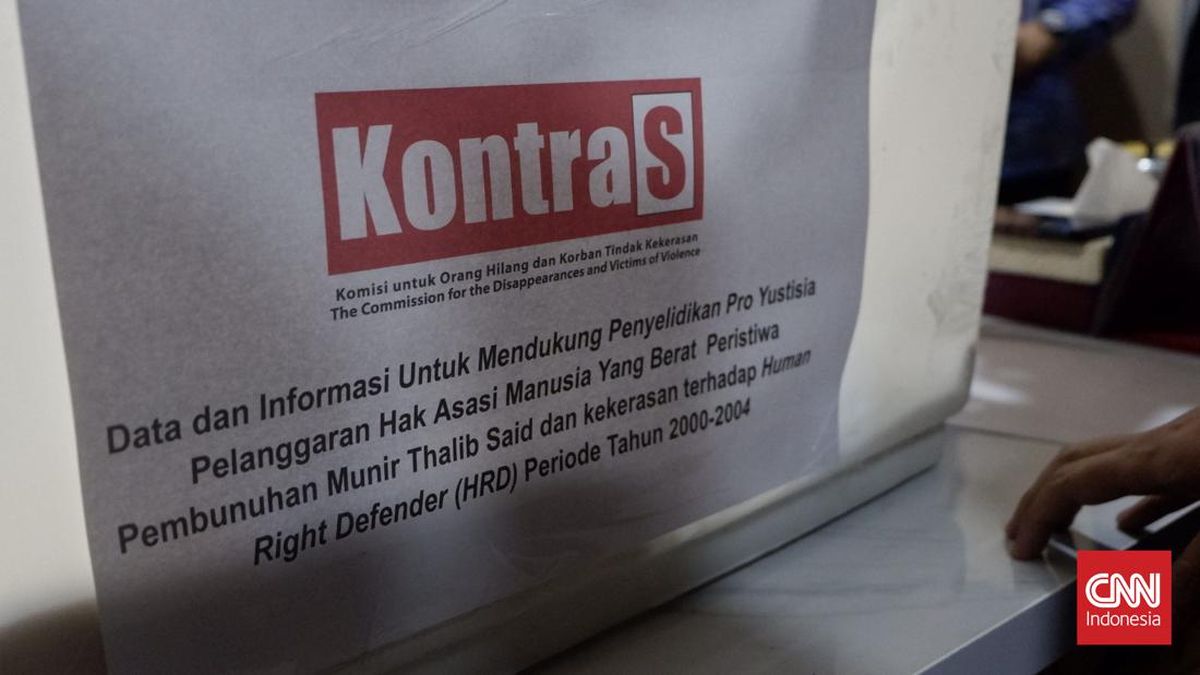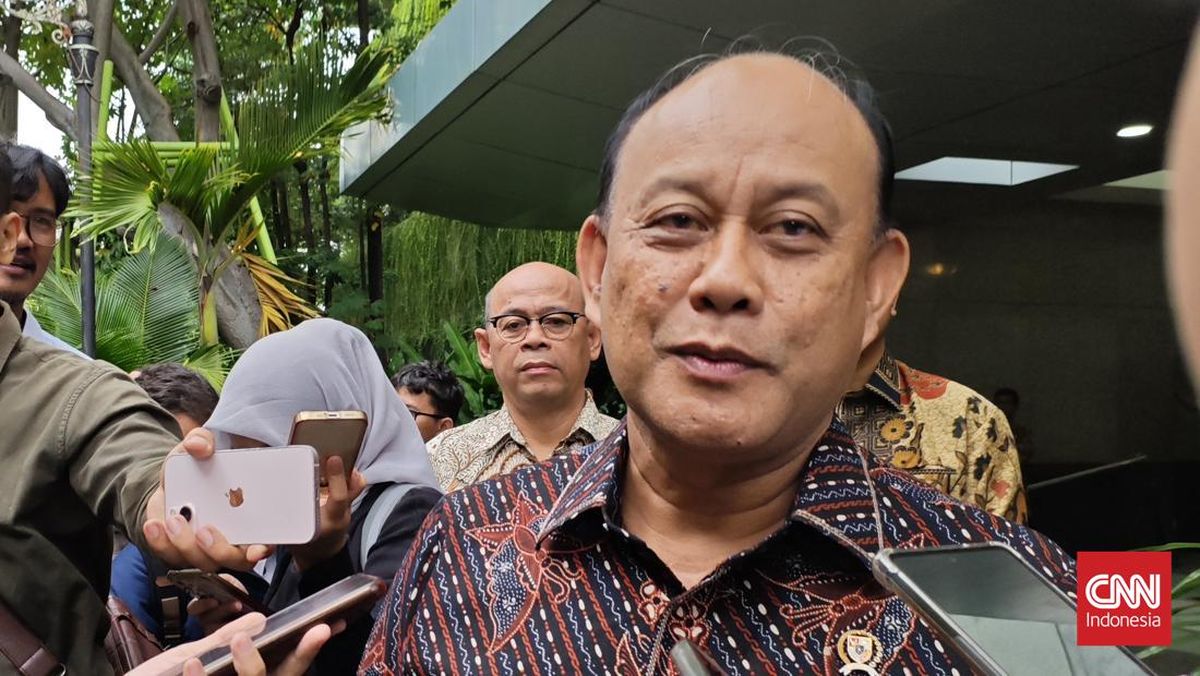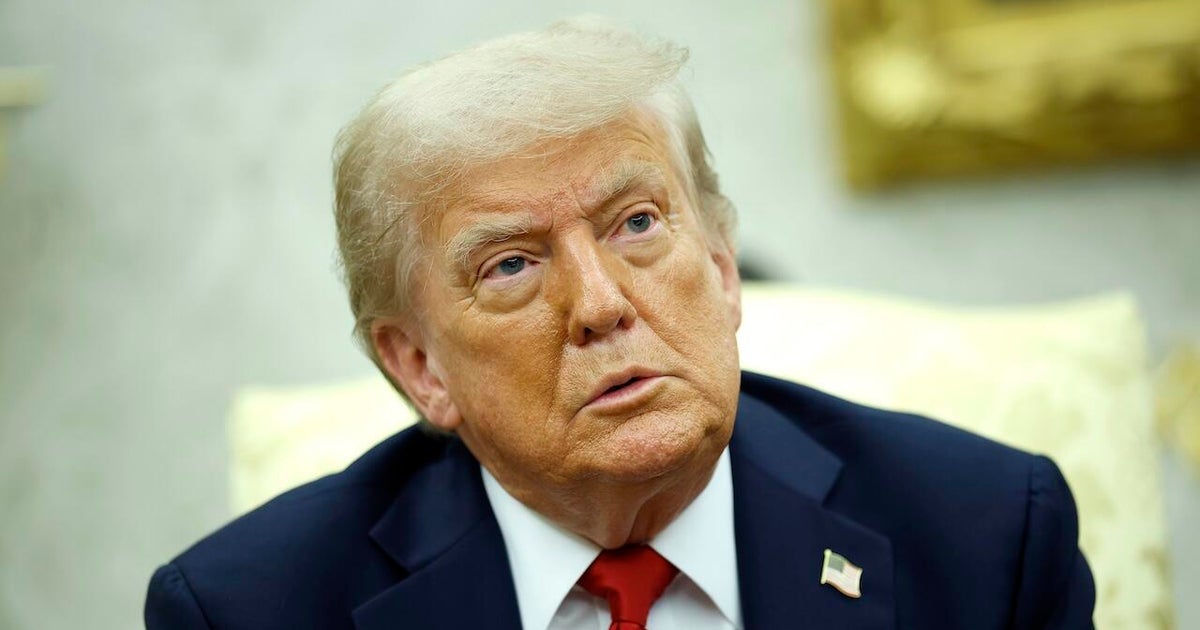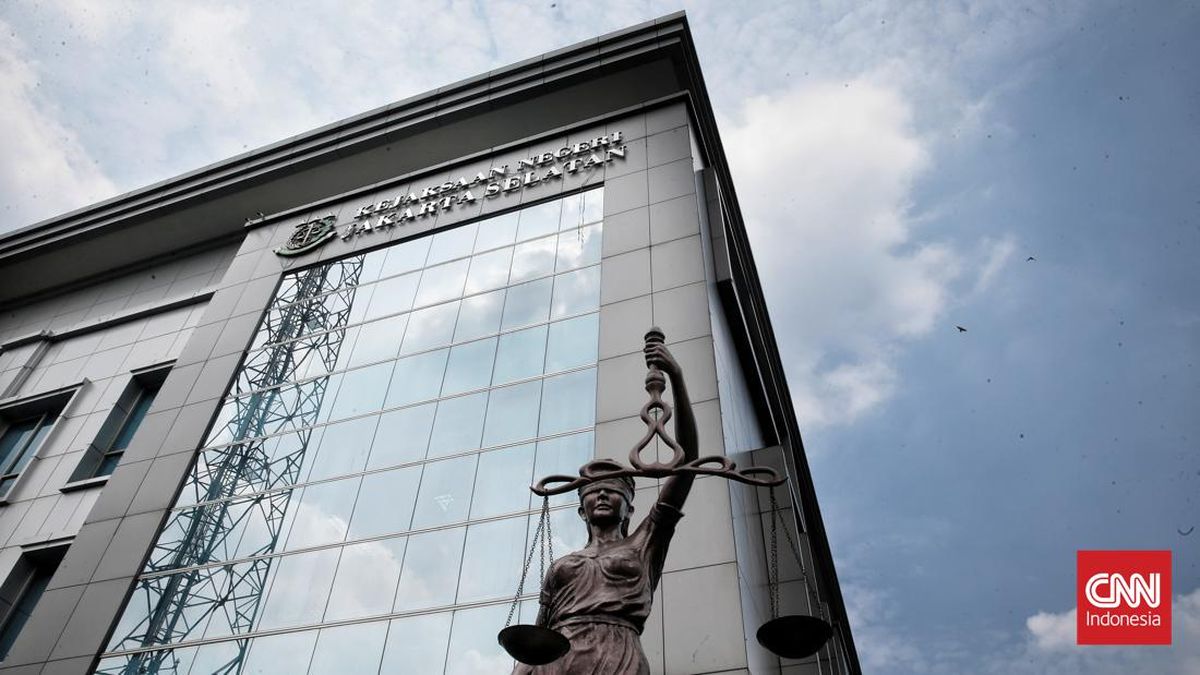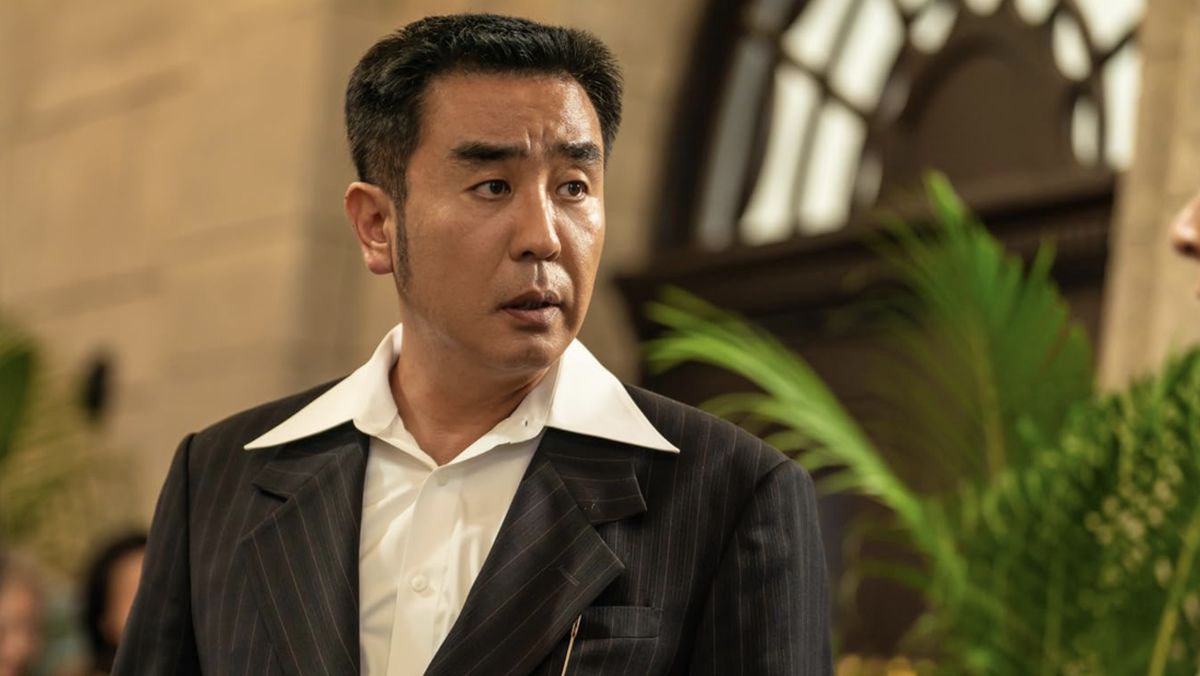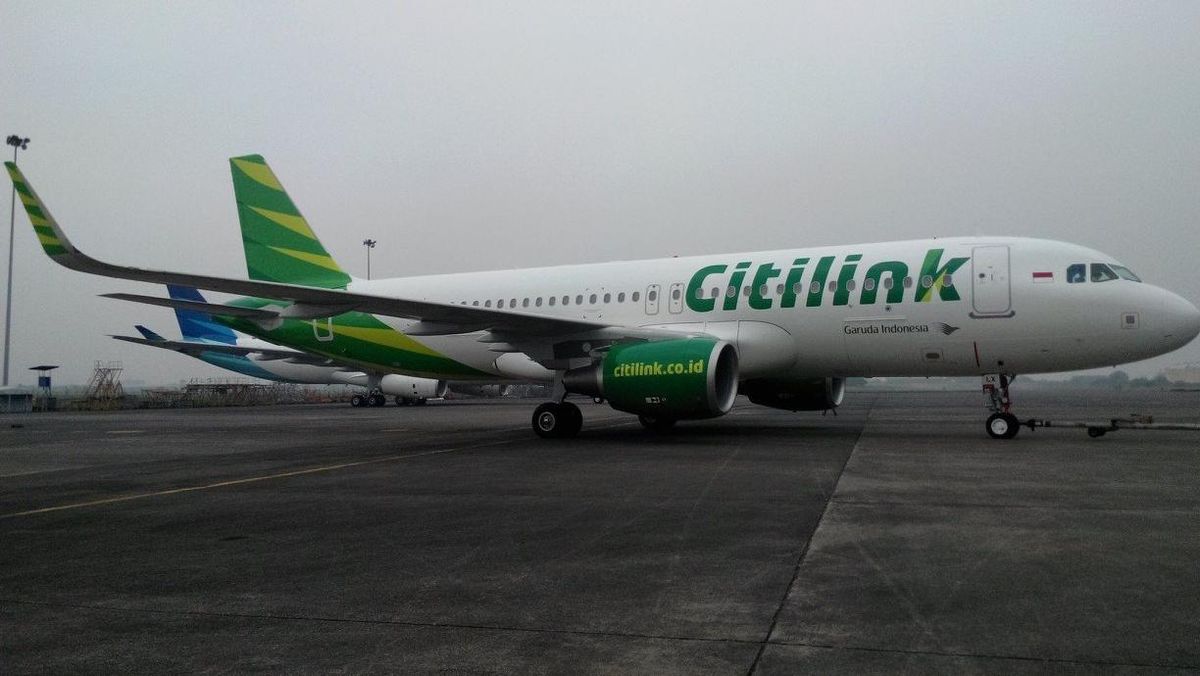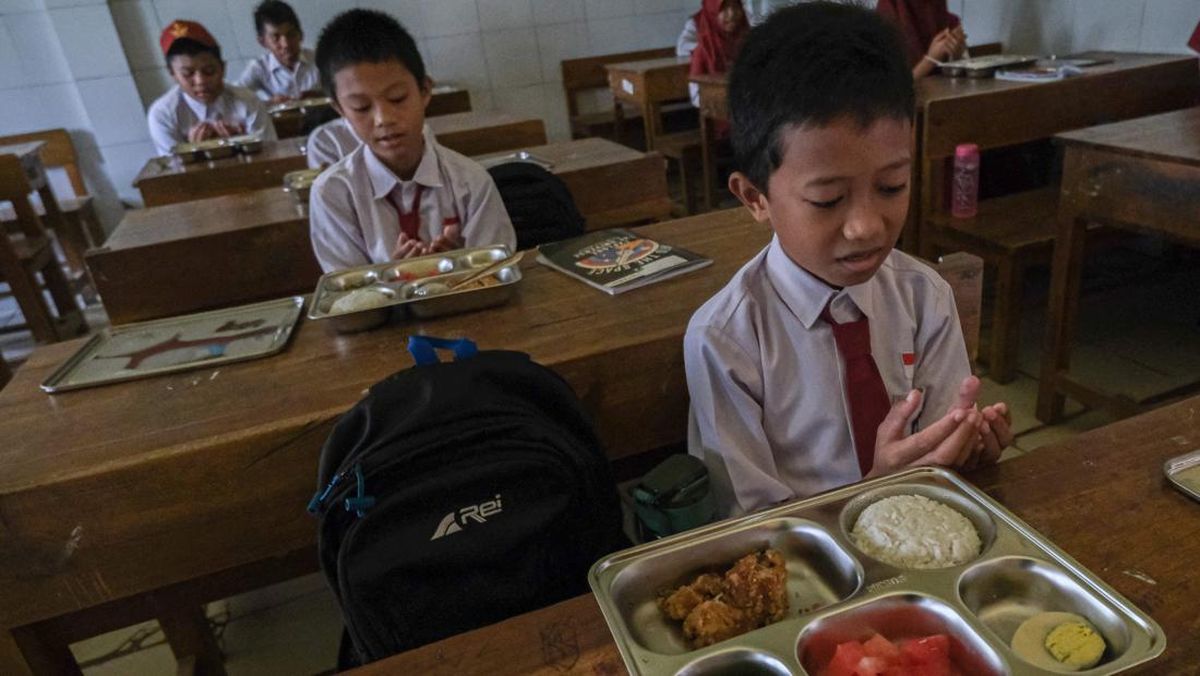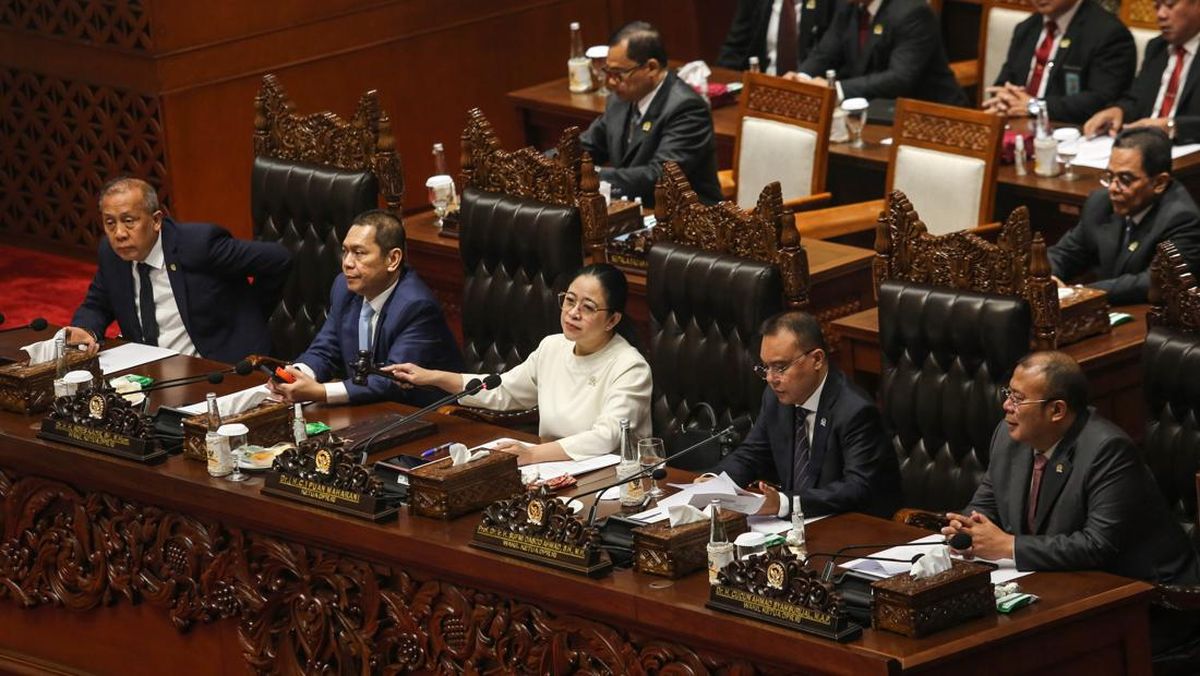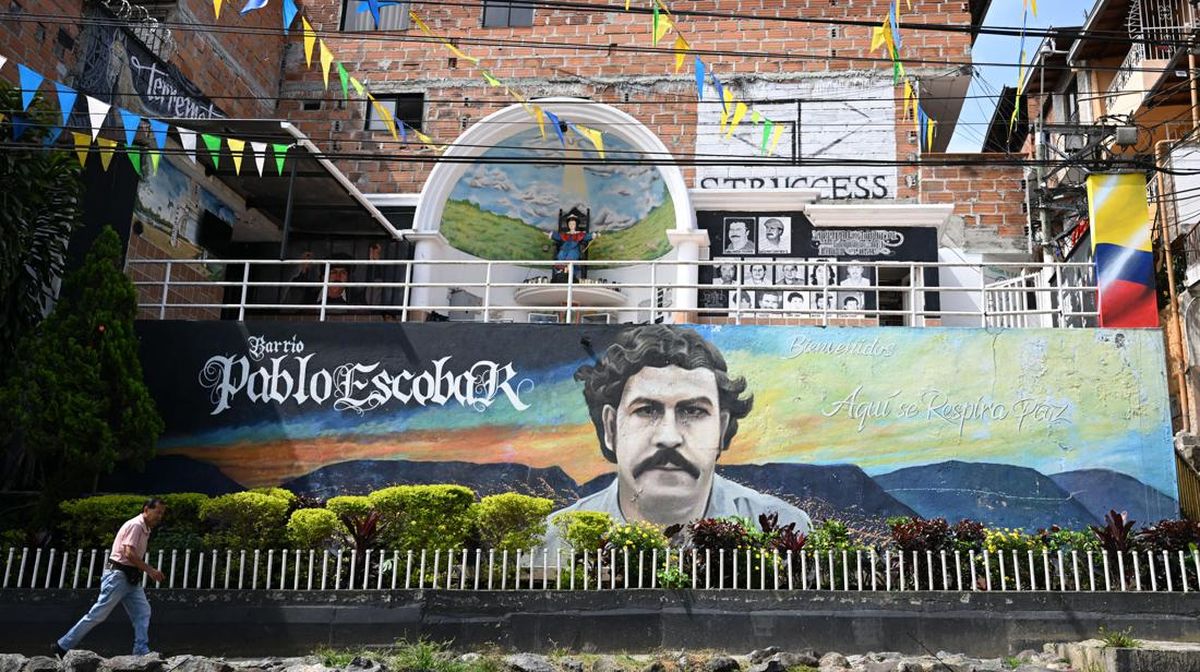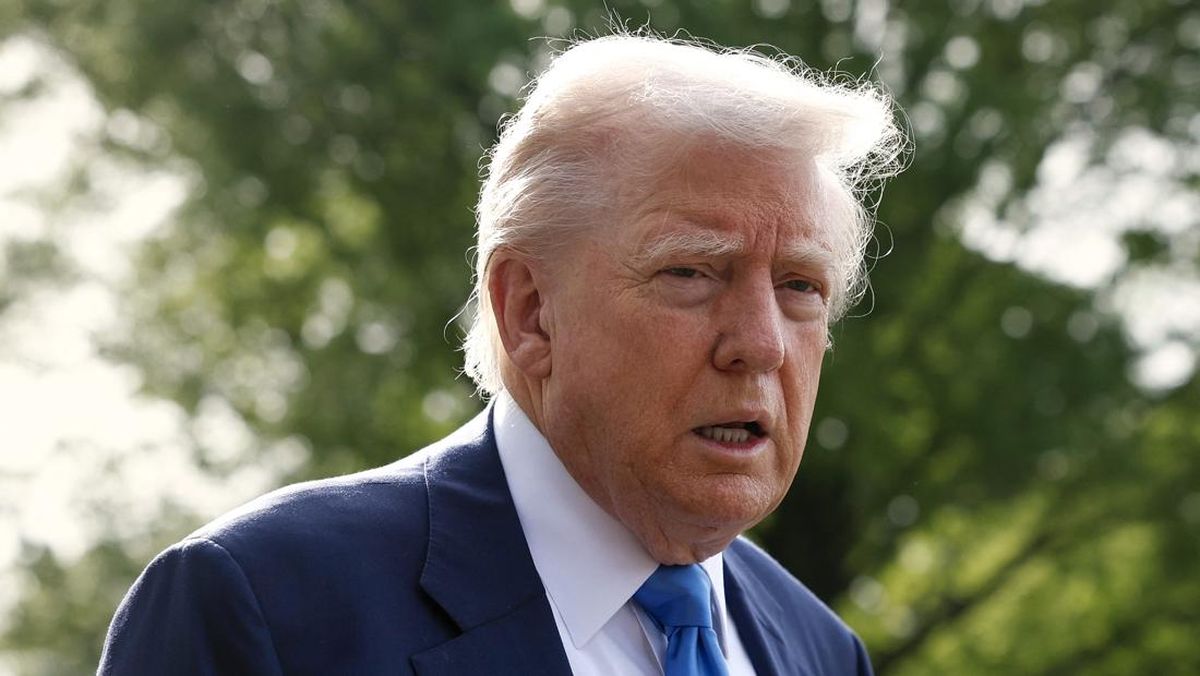Property prices in more than two in five Australian suburbs have reached a record high, and more neighbourhoods are expected to scale fresh peaks in the coming months.
Many of the suburbs at their peaks are relatively affordable areas, Cotality figures show, since a period of high interest rates reduced how much money potential buyers could borrow and prompted them to search for homes further afield.

Property prices have reached record highs in numerous suburbs.Credit: Flavio Brancaleone
Among the 3722 suburbs analysed, 44.8 per cent were at a record at the end of June, the research found, although the share varied by location.
In Sydney, 37.4 per cent of suburbs recorded dwelling prices at their peak, compared to 12.9 per cent in Melbourne where the market recently exited a downturn and returned to price growth.
In the mid-sized capitals where property prices have been booming, the share of suburbs at their peak was much higher, ranging from 61.4 per cent in Adelaide to 74.8 per cent in Perth and 78 per cent in Brisbane.
The share in regional areas ranged from 8 per cent in regional Victoria and just over a quarter in regional NSW to more than half in regional Western Australia, South Australia and Queensland.
Cotality economist Kaytlin Ezzy said many markets had been gaining ground – some more recently as interest rates fell, some over the past few years as they welcome tree-changers or recover from the mining boom and bust.
“At the broader national level, we have just moved through what has been a fairly significant period of growth over the last couple of years,” she said.
“I do expect we will see more markets record a new fresh peak in the coming months.”
There were 329 suburbs within 0.5 per cent of their previous peak, of which 290 rose in value over the three months to June, Cotality said.
Many of the suburbs at their peaks that recorded the strongest dwelling price growth over the past year were relatively affordable outer suburbs.
In Sydney, the gains were led by three suburbs in the south-west: Bonnyrigg, Cobbitty and Bonnyrigg Heights, all of which had a median dwelling value – for houses and units combined – of between $1.12 million and $1.234 million, and rose by double digits.
Melbourne’s north-west recorded strong gains, including Dallas ($595,000), Meadow Heights ($614,000) and Coolaroo ($578,000), all up by between 6.2 per cent and 7.6 per cent. The largest rise was Eumemmerring in the south-east, up 7.9 per cent to a median $610,000.
Loading
Brisbane’s largest rises for peak suburbs were all within Ipswich, while all Perth’s biggest movers had a median dwelling price below $1 million.
Ezzy said higher interest rates had skewed demand from home buyers towards the more affordable end on the market.
“The more affordable end of the market has seen a much stronger growth over the past year, year and a half,” she said, “as people try to contend with higher rates, borrowing costs et cetera.”
She said potential home buyers looking in these markets will be paying more than ever, which she said raised affordability concerns. But for buyers in suburbs that aren’t at their peak, buyers could possibly purchase at a slight discount to previous peaks, she said.
Mortgage broker Anthony Landahl, managing director of Equilibria Finance, has seen clients looking for homes in more affordable areas, especially if trying to upgrade from a unit to a house or buying their first home.
“A lot of people have been finding that an upgrade from their first property to a house in the area they might have bought their first property is almost unachievable,” he said. “So some of these markets in western Sydney, south-west Sydney, people are now looking at buying a house.
“The two biggest challenges that people are having are the deposit and the sheer size of a deposit you need for a house, and notwithstanding some of the benefits first home buyers get, the deposit is still a massive challenge … [And] the higher rate environment we’ve had has massively impacted borrowing capacity.”
He said some households who might have been able to borrow $1 million found that after a year or a year-and-a-half of interest rate rises, they could only borrow $700,000 or $800,000.
Loading
In Melbourne, buyer’s agent Cate Bakos, of Cate Bakos Property, has noticed prices rising in the western suburbs amid demand from investors and first home buyers.
“I put it down to a marked increase in investor activity, interstate investors specifically. I’m seeing an enormous number of investors looking for sub-$750,000 houses on land,” she said.
“We’re seeing a lot from Perth, Adelaide, Brisbane, not just Sydney – they’ve had significant gains.”
Most Viewed in Property
Loading

